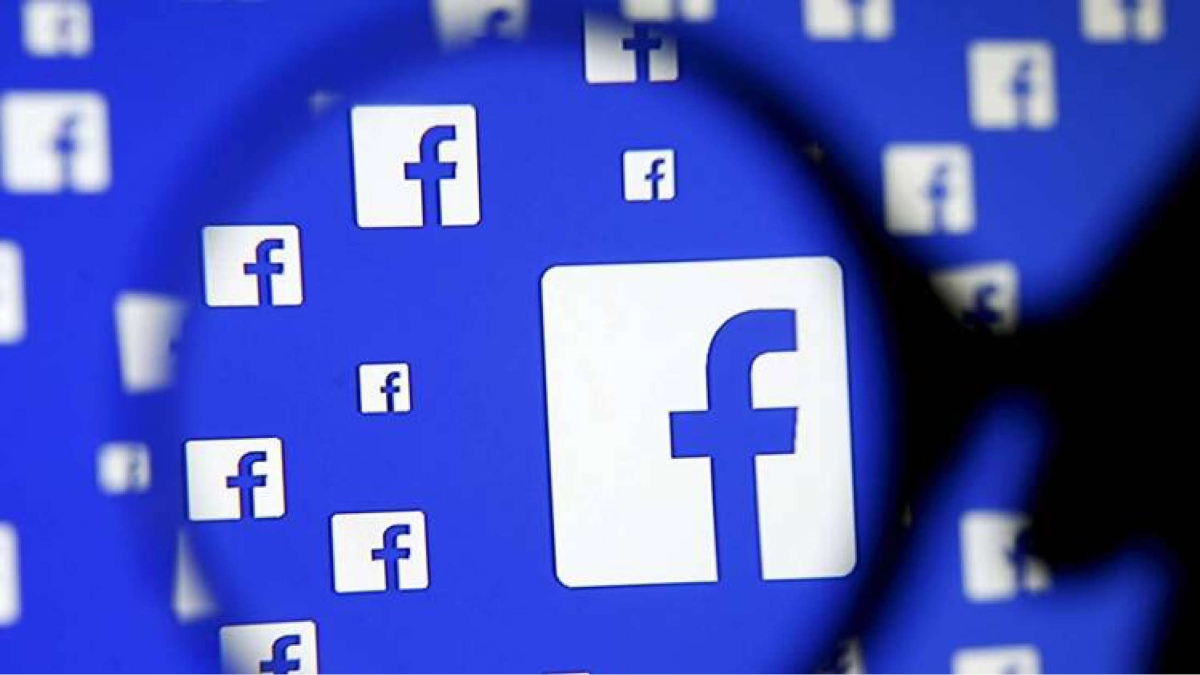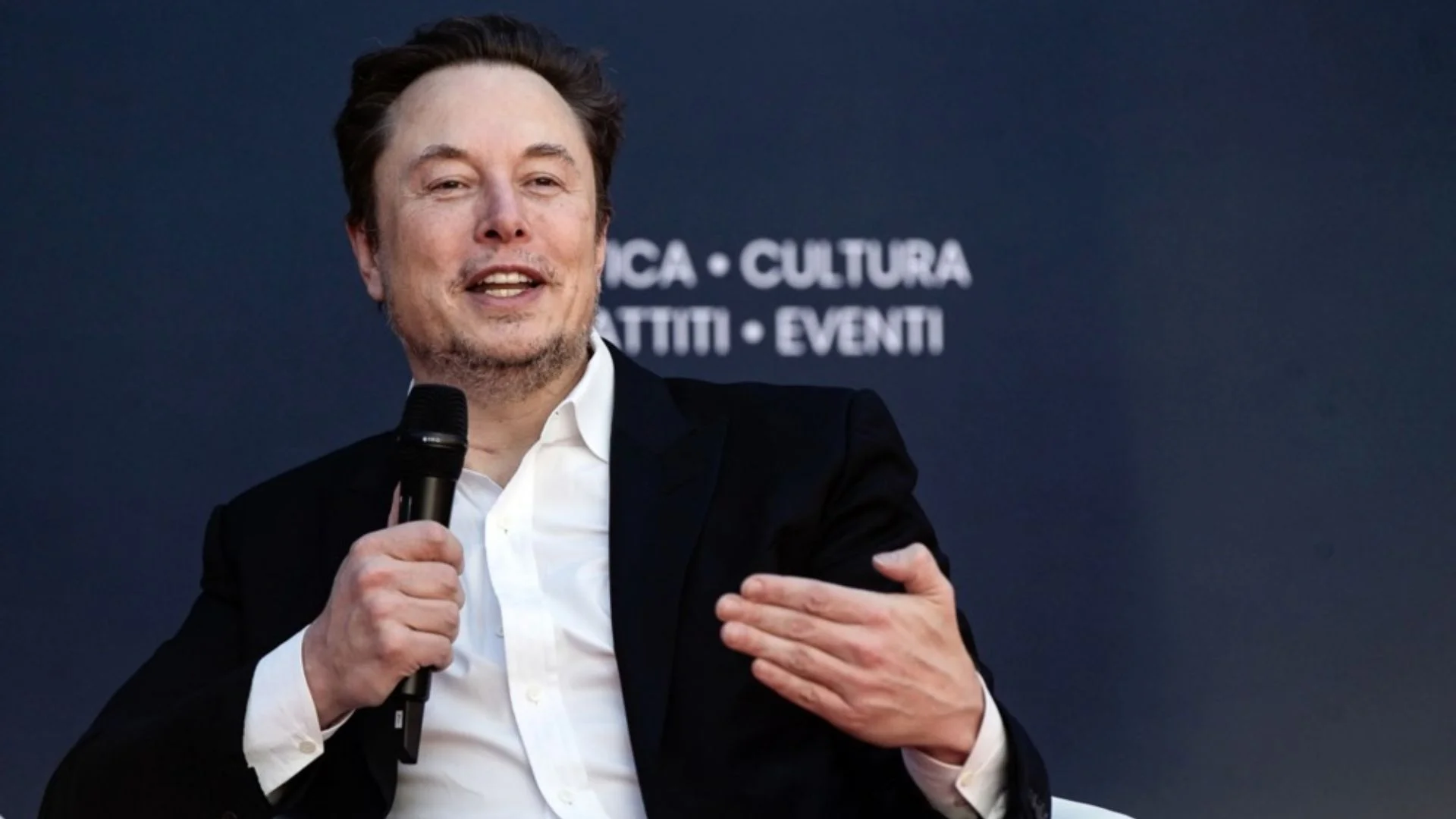Big tech companies like Google, Facebook, Amazon, etc, are often accused of attempting to monopolise the industry, and this has become a matter of contention and a subject of controversy.
Before jumping into conclusions, one should understand that the online platforms function akin to shopping malls that bring together buyers and sellers. Their unique value proposition is a reduced transaction cost. Some platforms operate marketplaces in the process of matching buyers and sellers—say YouTube and Facebook (linking advertisers to content viewers), Google and Apple (app developers with phone users). Some platforms like Amazon sell products, and some others like Facebook and LinkedIn serve as a communication platform.
The fact is that there are only one or two dominant players in most of the platforms. This growing dominance exerted by a small number of large players has become a primary concern for regulators, who are in a spree to put forth policies to curb their influence.
We are motivated to sign up on Facebook or LinkedIn because there are a lot of people who are known to us, and the benefit that we avail grows as more of our friends from the community join the platform. The same was the case with telephones. We can avail wholly, the benefit of telephones, only if a majority use the service.
The rapid growth in penetration of such platforms and increased concentration of users, that is propagated as a threat and monopoly, is actually a benefit. This may answer the question as to why there is only Twitter in the micro-blogging platform, or as to why there is only one LinkedIn in the professional networking platform. Benefits are multiplied and maximised when a majority tends to use the same platform.
The cost of adding another user is zero in these platforms, though building such platforms involves high upfront costs. The almost-zero marginal cost is another reason why they keep growing enormously.
Now how does an offline platform, a production house or a brick-and-mortar store monopolise an industry? Either by hoarding a scarce resource, i.e. reducing supply to artificially elevate prices, or by hampering other firms from entering the market. A closer look reveals that none of the aforementioned ways are possible in a digital medium: First, these companies are investing and innovating to grow rapidly, so in no way there is hoarding; and secondly, there are almost no entry barriers in the digital medium. All that you need is a software, and the fact that the marginal cost of adding a user is almost zero is a matter of significance.
It is important to note that the cost of switching is again zero for the user, and thus they are free to avail services from a platform of their choice. Though network effect and the power of market concentration offer a significant advantage to the platforms, the only way to ensure their sustainability is to continuously innovate and leverage their data to offer better services.
Large platforms like Google, Amazon, and Facebook have a footprint in a number of markets and they are naturally limited by competition they endure in each of them. There are at least two big tech companies offering a competing service and in many platforms like advertising, video conferencing, digital assistants, etc, there are even four large companies.
As most of them earn from ad revenues that in turn depend on user attention and concentration, they in fact compete amongst themselves. Though Google is a search engine, it is one of the means for users to spend their time—if a user spends ten minutes of their time on Google, that he would have rather used on Facebook or Twitter, there is a loss in the amount of time invested by the user on the latter. Thus, such platforms are in fact competing for the user’s limited online time apart from ad revenues. This is the case when most of us use multiple services in the same market; all of us use multiple social media platforms—Facebook, LinkedIn, Twitter, etc—multiple email services, many messaging applications, several entertainment platforms and more. A particular company may not be able to consume our time, and so this monopoly concept in digital platforms is but a myth.
Though network effect (i.e. an increase in the value of service as and when more users join the network) may have led Facebook to acquire a considerable market share, it should be noted at this juncture that with a reversal of these effects—i.e. when a large network begins to lose users—the service would become less valuable to the remaining users. This is the case with Orkut, Telephones, Fax machines, etc. Thus, it isn’t difficult to destroy such large platforms and the easiest way to do so is to create the most innovative offerings. Hence blaming them for their derogatory anti-competitive practices or monopolistic attempts is of no significance.
For those who argue that data is an entry barrier for those companies trying to compete with big tech firms, you can do nothing with data unless you have an innovative business model delivering a unique value, that is of benefit to a large base of consumers.
Sindhu Bharathi is a senior research analyst with Infinite Sum Modelling. Badri Narayanan is the founding director of Infinite Sum Modelling, Seattle and a senior economist with University of Washington Seattle. He is also a non-residential senior fellow with ECIPE Brussels and CSEP New Delhi.





















